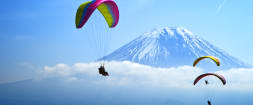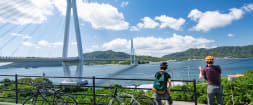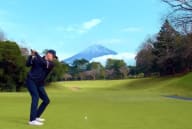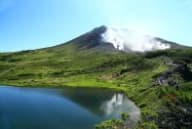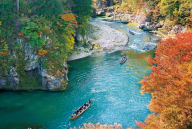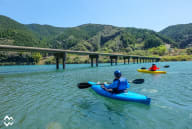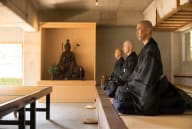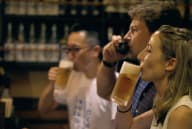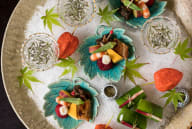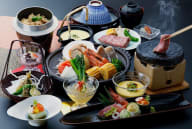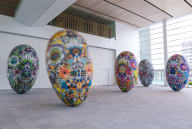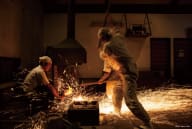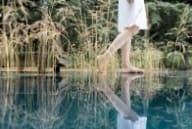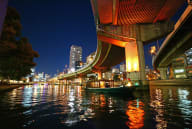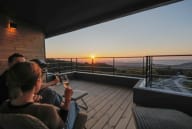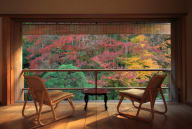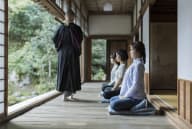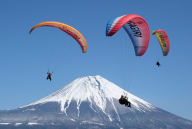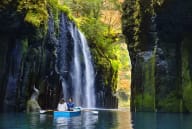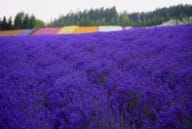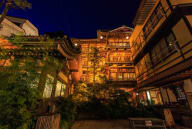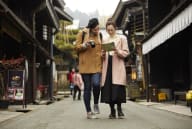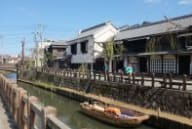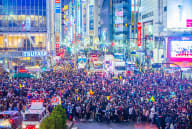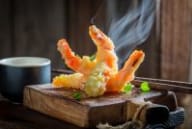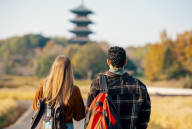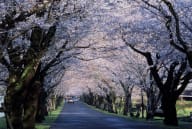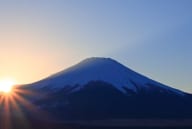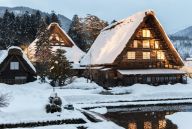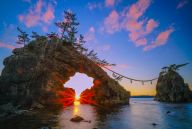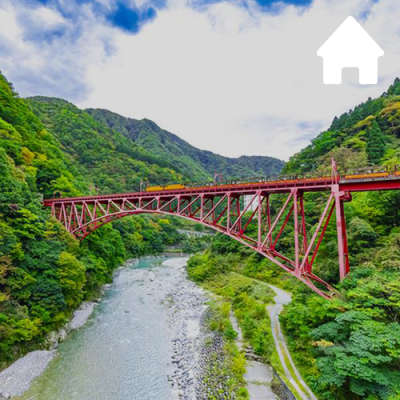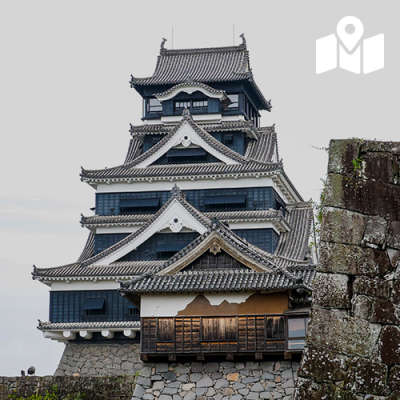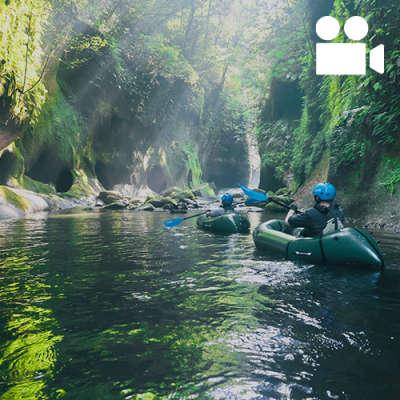Use the
Planning a Trip to Japan?
Share your travel photos with us by hashtagging your images with #visitjapanjp
Situated in Japan’s southwest, Kyushu and Okinawa have long served as a gateway for exchange with Asia and Europe. Over the centuries, diverse cultures blended with the region’s climate and people, giving rise to distinctive local evolutions. Food—humanity’s foundation and the very source of life—lies at the heart of these traditions. Deepen your understanding here and savor irreplaceable experiences that enrich both body and mind.
Local Insight
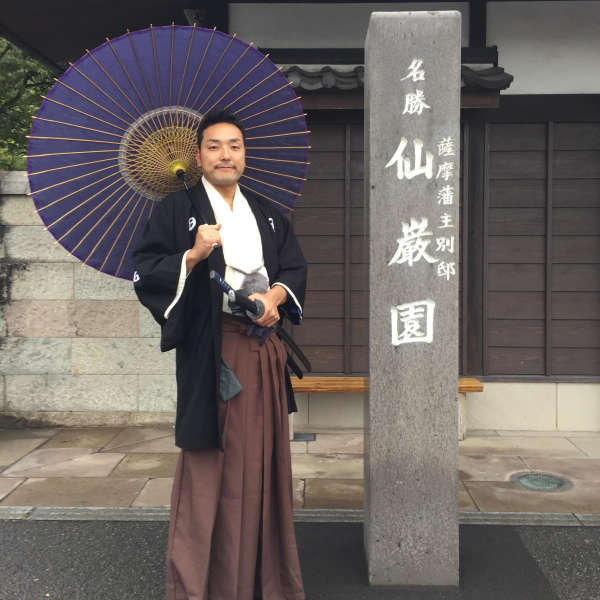
We asked Rokutaro Hiraoka of Shimadzu Corporation—who oversees Sengan-en’s UNESCO Garden Cross-Cultural Experience program—to share his insights.
Q. What makes this tour special?
We have designed the experience to immerse you in the living legacy of Satsuma while showing how we’re carrying that heritage forward. You’ll pass through three distinct zones. The first area includes the remains of the Shuseikan Reverberatory Furnace—part of UNESCO’s Sites of Japan’s Meiji Industrial Revolution— and the World Cultural Heritage Orientation Center, where models and exhibits bring the Shimazu clan’s 19th-century drive for modern industry vividly to life. Next comes the sweeping daimyo garden, whose ponds and paths frame Sakurajima like borrowed scenery and invite the same unhurried contemplation once enjoyed by the lords of Satsuma. Finally, a hands-on workshop zone lets you craft your own mementos: fashioning accessories from discarded Satsuma Kiriko glass shards, sewing fragrant pouches with Oshima Tsumugi silk, or even suiting up in samurai armor and drawing a bow. The adjoining Shoko Shuseikan Museum and Satsuma Kiriko Glassworks Studio deepen the encounter with 800 years of Shimazu history and artistry.
Q. What is the wider appeal of the Kagoshima area?
You’ll notice the landscape first—Sakurajima, a dynamic volcano that constantly breathes wisps of steam into the sky. Next comes the warmth of Kagoshima’s people, felt the moment you strike up a casual chat. Unwind in the sand baths of Ibusuki or the soothing pools of Kirishima Onsen, then trace the path of Saigo Takamori, the real “Last Samurai,” through atmospheric samurai sites. When hunger calls, savor the Kagoshima black pork, seafood landed fresh each morning, and soft karukan cakes. Many visitors are surprised to learn we also harvest more green tea than anywhere else in Japan—so don’t leave without sipping a cup grown right here.
Q. How does the tour echo EXPO 2025’s theme: Empowering Lives?
Satsuma has never been shy about outside ideas. Through trade with the Ryukyu Kingdom, we absorbed foreign influences, and we embraced Western technology when others hesitated. That openness still defines us. Satsuma ware, especially the “White Satsuma” style born under Lord Shimazu Nariakira, are sometimes made incorporating contemporary design. Food, crafts—everything here moves forward because we learn from failure and welcome change. I hope visitors feel that fearless energy while they’re with us.
DAY 1
Osaka

DAY 2
Kannawa Onsen
Oita
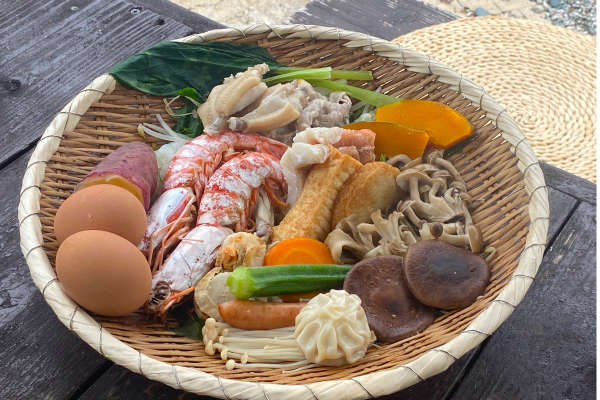
Fly from Kansai International Airport to Fukuoka Airport, then travel 2 hours and 30 minutes by train from Hakata Station to Beppu Station.
Kannawa Onsen, the steamiest quarter of Beppu and Japan’s top hot-spring town, has flourished for centuries as a therapeutic retreat. Visitors once cooked their own food in the jigoku-gama (Hell's cooker), which channels 100 °C geothermal steam. Today, jigoku-mushi—flash-steaming fresh vegetables, meat, and seafood in that very vapor—embodies Kannawa’s unique food culture. Discover how residents of this volcanic land have woven hot-spring bounty into daily dining and healing practices.
DAY 3
Mt. Aso Slalom Ride
Kumamoto
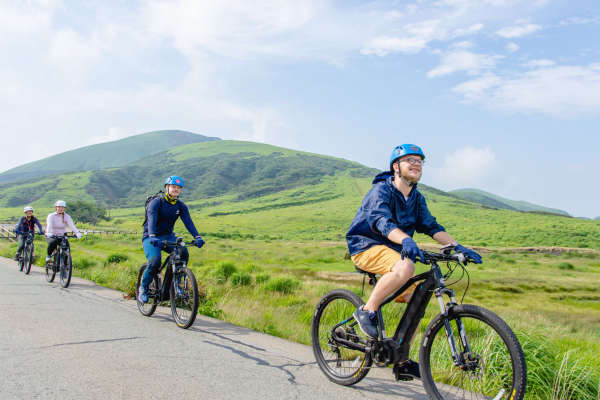
The Mt. Aso Slalom Ride, with routes tailored to every purpose and skill level, from beginner to expert.
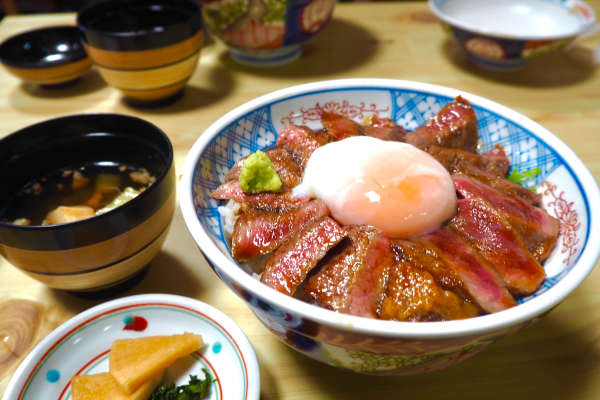
Akaushi Don, with generous slices of medium-rare Akaushi steak luxuriously layered over rice.
Travel by private vehicle from Beppu to the Aso region. Aso Caldera Tourism is a new program that lets you immerse yourself in the world-class Aso Caldera—its vast nature, deep history, and living culture. One highlight is the Slalom Ride, an electric-assist mountain-bike tour that plunges you into grasslands normally off-limits to the public. Feel the highland breeze and the scent of wild grasses as you race through Aso’s majestic scenery.
After your ride, indulge in Akaushi Don, a hearty bowl piled with slices of premium Akaushi beef raised amid Kumamoto–Aso’s sweeping natural landscape.
DAY 4
Sengan-en and the Shoko Shuseikan Museum
Kagoshima
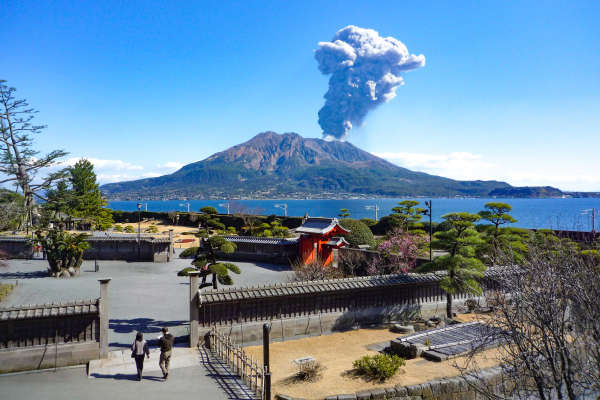
Sengan-en, a garden that tells the story of the Satsuma people who propelled Japan’s modernization.
Ride the Shinkansen from Kumamoto Station to Kagoshima-Chuo Station. Built in 1658 as a villa for the Shimazu clan, Sengan-en follows the classical Japanese garden rule that every landscape should include a hill and a pond—here achieved on a grand scale by “borrowing” Sakurajima volcano as the garden’s hill and Kinko Bay as its pond, a technique known as shakkei (“borrowed scenery”). Five hectares of seasonal blossoms are dotted with highlights such as the Crane Lantern (site of Japan’s first gas-lamp experiments), a cat shrine, and the Edo-period Tin Gate.
The adjacent Shoko Shuseikan Museum—reopened in October 2024 after renovations—showcases 800 years of Shimazu history, while the Satsuma Kiriko Glassworks Studio next door offers hands-on cut-glass workshops.
DAY 5
Hands-On Ryumonji Ware Pottery Experience
Kagoshima
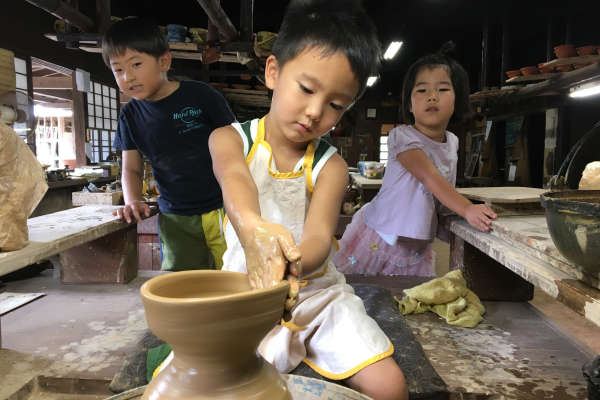
Create your own rice bowl, teacup, mug, or side plate—fun for first timers and children alike.
Renowned for centuries as a hallmark of Kagoshima craftsmanship, Ryumonji ware offers a special behind-the-scenes program. You’ll visit the work areas where potters mix their clay and glazes, then stand beside the traditional noborigama climbing kiln as a Ryumonji artisan explains the pottery’s history and appeal. Finally, using the same wheel and clay the potters handle each day, you’ll shape a one-of-a-kind vessel of your own under the artisan’s careful guidance.
DAY 6
Fukaki Sabani Adventure Tour
Okinawa
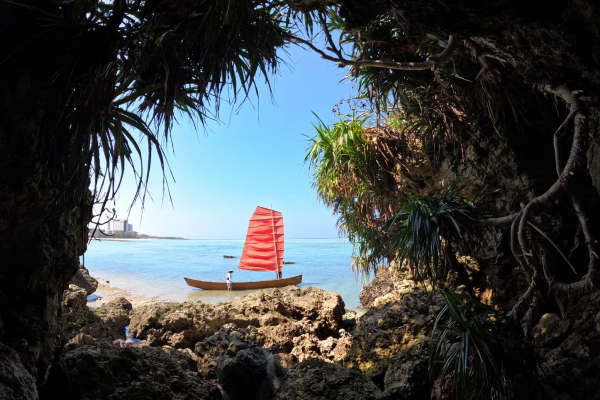
Set sail on a sabani, the traditional Okinawan fishing boat, and enjoy an adventure on the Okinawan sea!
Fly from Kumamoto Airport to Naha Airport, then drive south to Itoman, Okinawa’s historic fishing hub.
Itoman thrived as a fishing town throughout the Ryukyu Kingdom era (1429–1879) and is famed as the birthplace of the sabani—a traditional wooden fishing boat that glides forward using only sail and paddle, without an engine. Board one for a one-of-a-kind adventure available only here and taste the spirit of uminchu (Okinawan fishermen) on the open water.
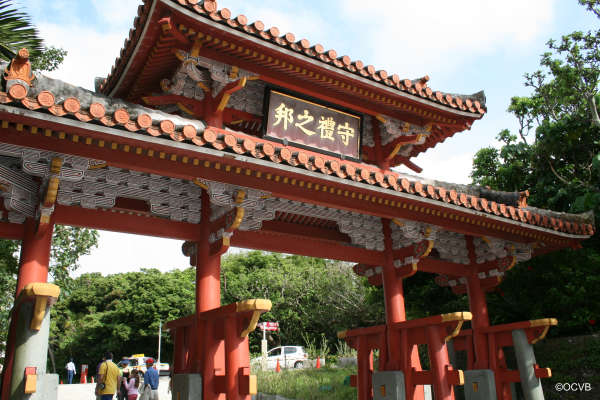
Shuri Castle
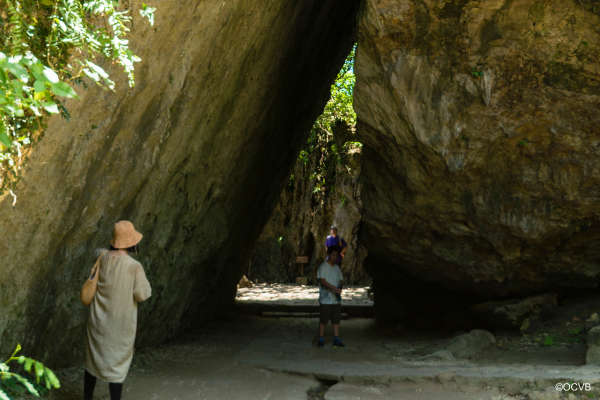
Sefa Utaki
In 2000, the Gusuku Sites and Related Properties of the Kingdom of Ryukyu were inscribed on the UNESCO World Heritage List. These castle ruins and sacred places reveal the culture and beliefs of the Ryukyu Kingdom—which, while influenced by Asia and mainland Japan, developed uniquely as an island nation. Their architectural styles and remaining structures speak eloquently of the kingdom’s historical backdrop and the ingenuity of its people.
DAY 7・8
Kitanaka Wellness
Okinawa
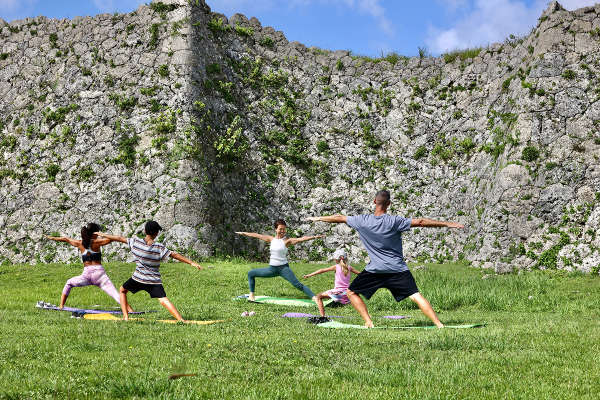
Wellness yoga amid the World-Heritage Nakagusuku Castle ruins—breathe in nature’s energy at a spectacular historic site.
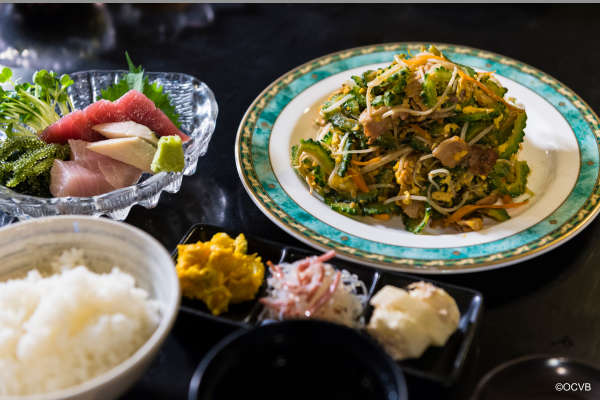
Everyday Okinawan home cooking embodies ishoku-dogen—the belief that food itself prevents and cures illness.
Just 40 minutes by car from Naha, Kitanakagusuku Village—affectionately called “Kitanaka”—pairs sweeping scenery with a trove of historic landmarks, while a wave of chic, character-filled cafés has sprung up in recent years. Known as the “village of female longevity,” it nurtures a lifestyle centered on sharing the land’s bounty, laughing with neighbors, and enjoying lively conversation.
Join a local wellness tour to uncover the secrets behind this long-lived way of life. You’ll savor Ryukyuan court cuisine and hearty home cooking, sample Okinawa’s signature Awamori rice spirit, explore nearby hamlets with a friendly ojii—a local elder who knows every lane—and practice wellness yoga atop the UNESCO-listed Nakagusuku Castle ruins. Together, these experiences let you absorb the full spirit of “Kitanaka Wellness.”













